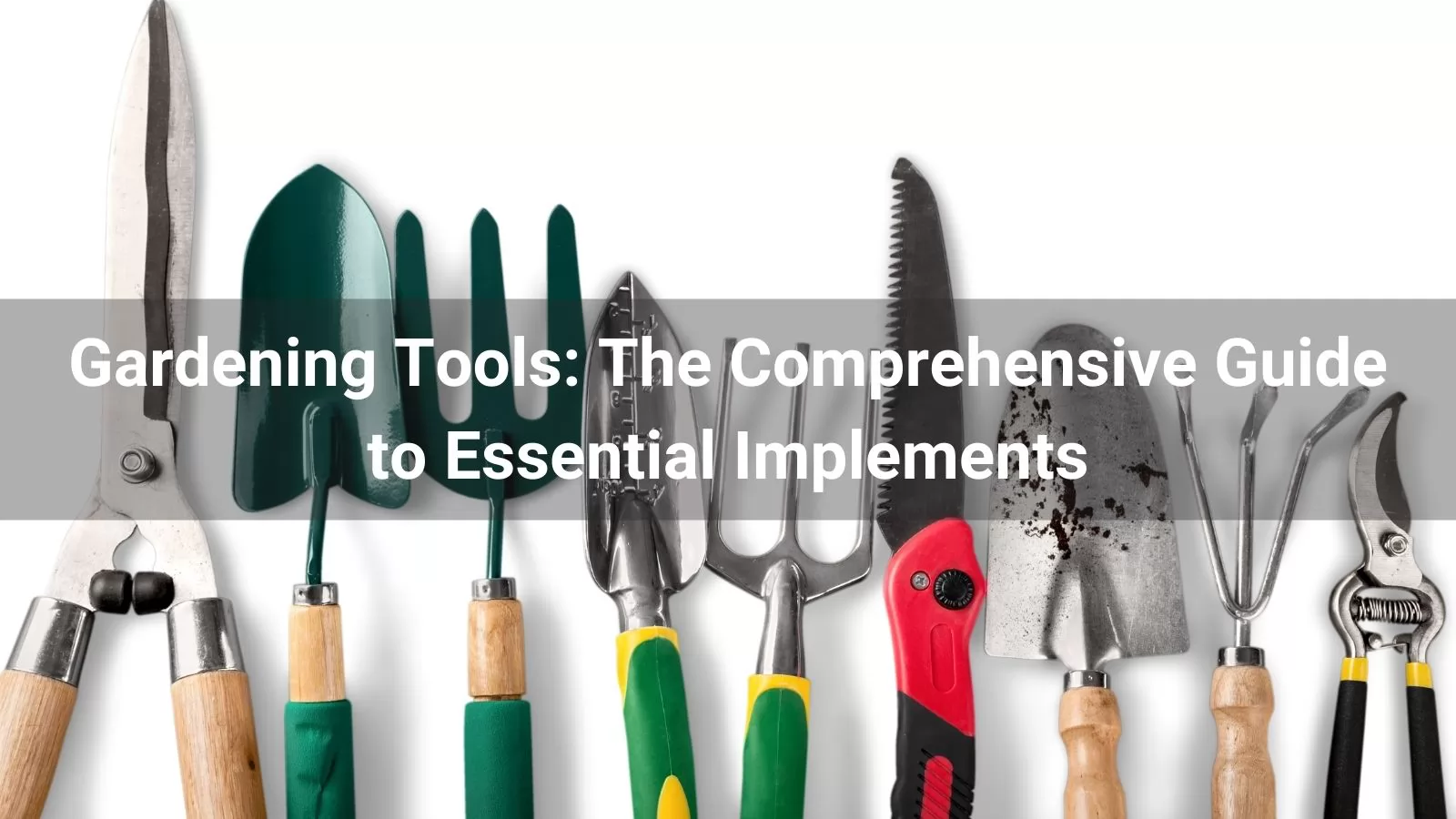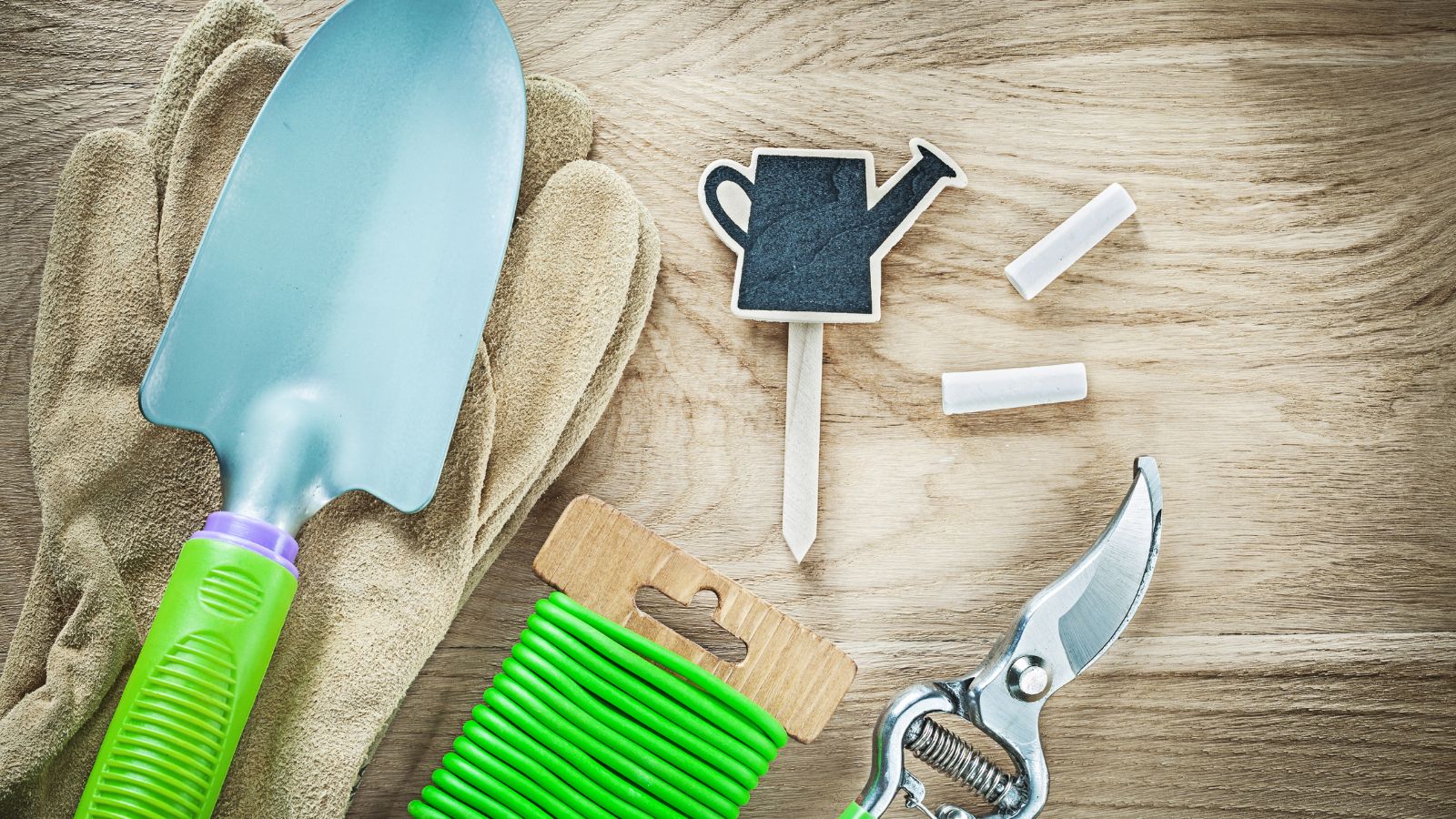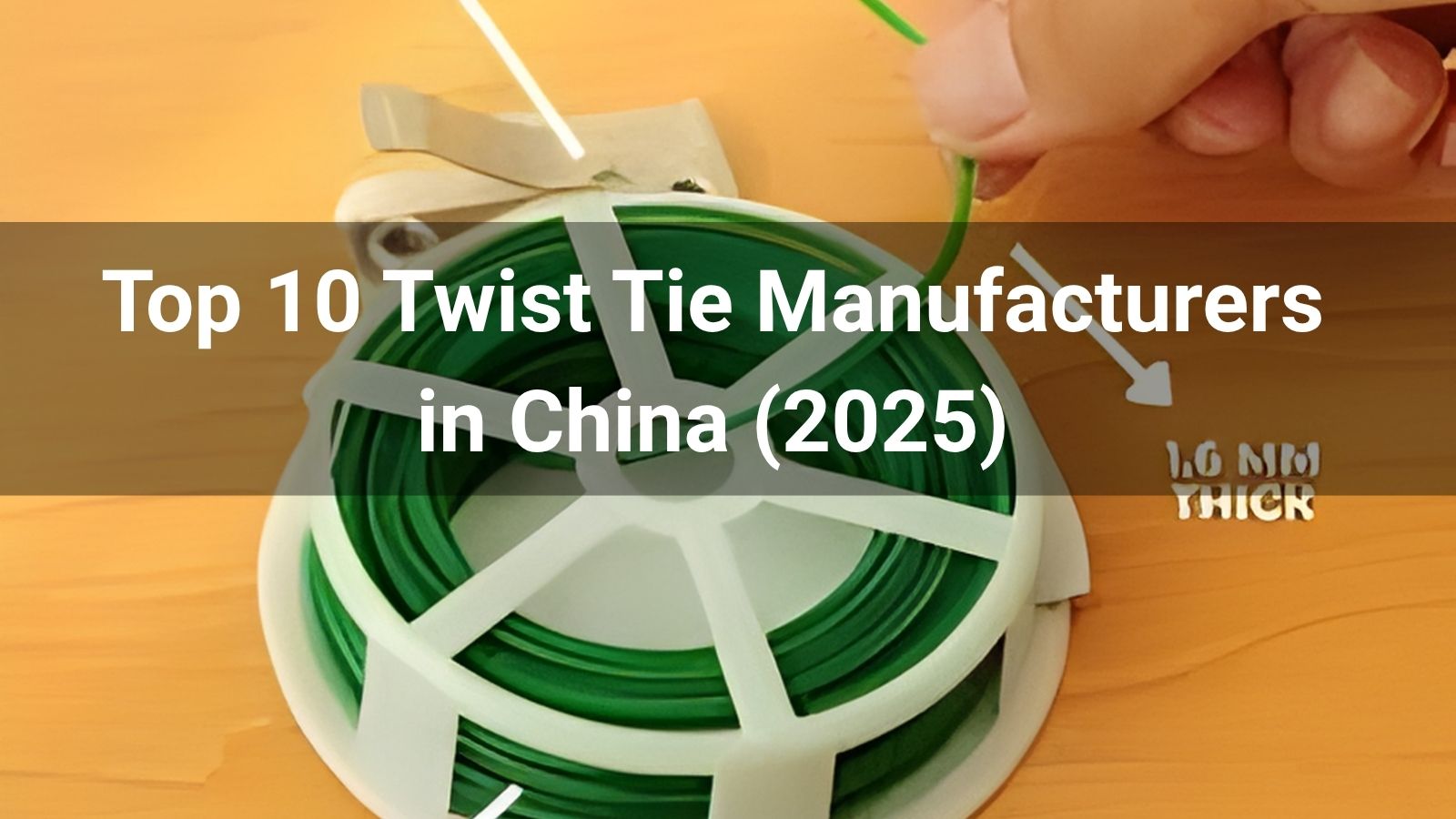
Gardening is a blend of art, science, and dedication, transforming outdoor spaces into thriving ecosystems. The right tools make all the difference, turning labor-intensive tasks into manageable, even enjoyable, activities. From supporting delicate vines to breaking tough soil, each tool has a specific role in nurturing a garden. This guide explores a range of essential gardening tools, their uses, unique names, and histories, with a focus on plant support and cultivation implements. Whether you’re a novice or a seasoned gardener, understanding these tools will elevate your gardening game.
Gardening tools have evolved over centuries, with names that often reflect their function, origin, or even a touch of whimsy. From ancient hand-forged implements to modern ergonomic designs, these tools are categorized into hand tools, pruning tools, soil cultivation tools, and plant support aids. Each serves a distinct purpose, such as aerating soil, pruning branches, or securing climbing plants. This article highlights key tools, including Garden Twist Ties, Moss Poles, Plant Clips, Vine Tying Machines, and more, delving into their practical applications and historical significance.
Supporting plants is crucial for healthy growth, especially for climbers, vines, and heavy-fruiting varieties. Tools like Garden Twist Ties, Moss Poles, Plant Clips, and Vine Tying Machines ensure plants stay upright, maximizing sunlight exposure and preventing damage.
Garden Twist Ties are versatile, flexible ties used to secure plants to stakes, trellises, or cages. Typically made of plastic-coated wire, they’re durable and reusable, ideal for tying tomato vines, climbing roses, or grapevines. Garden Twine & Twist Ties combine the strength of twine with the convenience of twist ties, offering a biodegradable option like jute or cotton for eco-conscious gardeners. Historically, twine was made from natural fibers like flax or hemp, used by farmers to bundle crops or support plants. Today, Garden Soft Twist Ties provide a gentler alternative, with soft, stretchy materials like TPR (thermoplastic rubber) that expand with plant growth, reducing stem damage. Kraft Paper Twist Ties, made from biodegradable paper-covered wire, are popular for training annual climbers and are compostable, aligning with sustainable gardening practices.
Moss Poles are vertical supports wrapped in moisture-retaining moss, perfect for epiphytic plants like monstera, pothos, or philodendrons. These poles mimic the natural environment of climbing plants, encouraging aerial roots to latch on for stability. Dating back to early horticultural practices, moss poles were originally crafted from natural materials like bamboo and sphagnum moss. Modern versions are often made with PVC cores for durability, with Garden Twist Ties or Plant Clips used to secure plants to the pole. Moss poles not only support growth but also enhance the aesthetic of indoor and outdoor gardens.
Plant Clips are small, reusable clips that gently fasten stems to supports like stakes or trellises. Available in various sizes, they’re ideal for delicate plants like orchids or heavy vines like cucumbers. Their design minimizes stem damage, making them a favorite for low-stress training (LST) techniques. The concept of plant clips evolved from early gardening practices where gardeners used string or wire loops, but modern clips are made from durable plastic or nylon for longevity. Plant Clips are especially effective when paired with Garden Twine & Twist Ties for a secure yet flexible hold.
Vine Tying Machines are a game-changer for large-scale gardeners or farmers. These handheld devices use tape and staples to quickly secure vines, tomatoes, or peppers to supports, saving time compared to manual tying. Popular among commercial growers, vine tying machines reduce labor and prevent stem girdling, a common issue with tight ties. The technology emerged in the 20th century as agriculture mechanized, with modern models featuring stainless steel components and refillable tape for durability. Gardeners praise their efficiency, with one user noting they staked 60 tomato plants in minutes. Vine Tying Machines are a testament to how innovation simplifies traditional tasks.
Healthy plants start with well-prepared soil and careful maintenance. Tools like the Root Extractor, Stainless Steel Pruning Shears, Stainless Steel Garden Rake, Small Metal Hand Shovel, and Large Metal Scoop Shovel are indispensable for these tasks.
The Root Extractor is a specialized tool for removing deep-rooted weeds or transplanting small plants without disturbing surrounding soil. With a forked or spiral design, it grips roots firmly, making it easier to extract them intact. The tool’s origins trace back to medieval gardening, where farmers used similar implements to clear fields. Today’s root extractors are often stainless steel for rust resistance, ensuring longevity in wet garden conditions.
Stainless Steel Pruning Shears, also called secateurs, are essential for trimming branches, deadheading flowers, or shaping shrubs. Their sharp, rust-resistant blades ensure clean cuts, promoting plant health. The term “secateurs” comes from the French “sécateur,” meaning “cutter,” reflecting their European origins in the 19th century. Ergonomic handles and bypass or anvil designs cater to different pruning needs, making them a must-have for precision work.
The Stainless Steel Garden Rake is a versatile tool for leveling soil, gathering debris, or breaking up clumps. Its sturdy tines, often made of rust-resistant stainless steel, handle tough tasks like preparing seedbeds or clearing leaves. Rakes have been used since ancient times, with early versions made from wood or bone. Modern stainless steel rakes are durable and lightweight, ideal for both small and large gardens.
The Small Metal Hand Shovel, or trowel, is a gardener’s go-to for planting, transplanting, or weeding. Its compact size allows for precise digging in tight spaces, with stainless steel versions resisting rust and wear. The Large Metal Scoop Shovel tackles bigger jobs like moving mulch, compost, or soil. The term “shovel” derives from Old English “scofl,” meaning a tool for scooping. While hand shovels date back to ancient Egypt, scoop shovels became prominent in the Industrial Age for large-scale farming. Both are essential for efficient soil management.
Gardening tools reflect human ingenuity, evolving from rudimentary implements to specialized equipment. The axe, one of the oldest tools, was used by early farmers to clear land and harvest timber. Similarly, twine and ties have roots in ancient agriculture, where natural fibers were twisted into ropes for securing crops. The Industrial Revolution introduced metal alloys and mechanized tools like Vine Tying Machines, while the 20th century brought eco-friendly innovations like Kraft Paper Twist Ties. Today, tools like Moss Poles and Plant Clips blend functionality with sustainability, catering to modern gardeners’ needs.
Garden Twist Ties and Twine: Use Garden Soft Twist Ties for young plants to avoid stem damage, and Kraft Paper Twist Ties for temporary support, as they decompose naturally. Cut twine to custom lengths for flexibility.
Moss Poles: Keep moss moist to encourage root attachment, and secure plants loosely with Plant Clips to allow growth.
Vine Tying Machines: Practice on a few plants to master the technique, ensuring tape is loaded correctly to avoid jams.
Soil Tools: Sharpen Stainless Steel Pruning Shears regularly for clean cuts, and clean Small Metal Hand Shovels after use to prevent rust.
Root Extractor: Twist gently to avoid breaking roots, especially for stubborn weeds like dandelions.
Gardening tools are more than just implements; they’re extensions of a gardener’s vision, shaped by centuries of innovation. From the flexible Garden Twist Ties to the efficient Vine Tying Machines, each tool plays a vital role in nurturing plants and shaping landscapes. Whether you’re supporting vines with Moss Poles, pruning with Stainless Steel Pruning Shears, or digging with a Large Metal Scoop Shovel, choosing the right tool enhances efficiency and enjoyment. Embrace these tools, learn their quirks, and let them guide your garden to its full potential.











We use cookies to make the website work, to provide advanced features, social media and traffic analysis, and we use analytics and third-party advertising cookies. If you choose to click "Deny All", you will retain the default setting of not allowing the use of cookies or other tracking tools other than technical tools.



